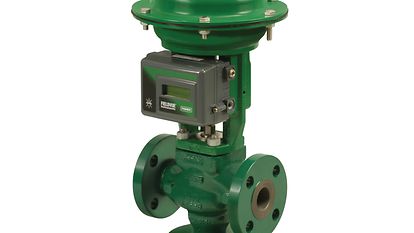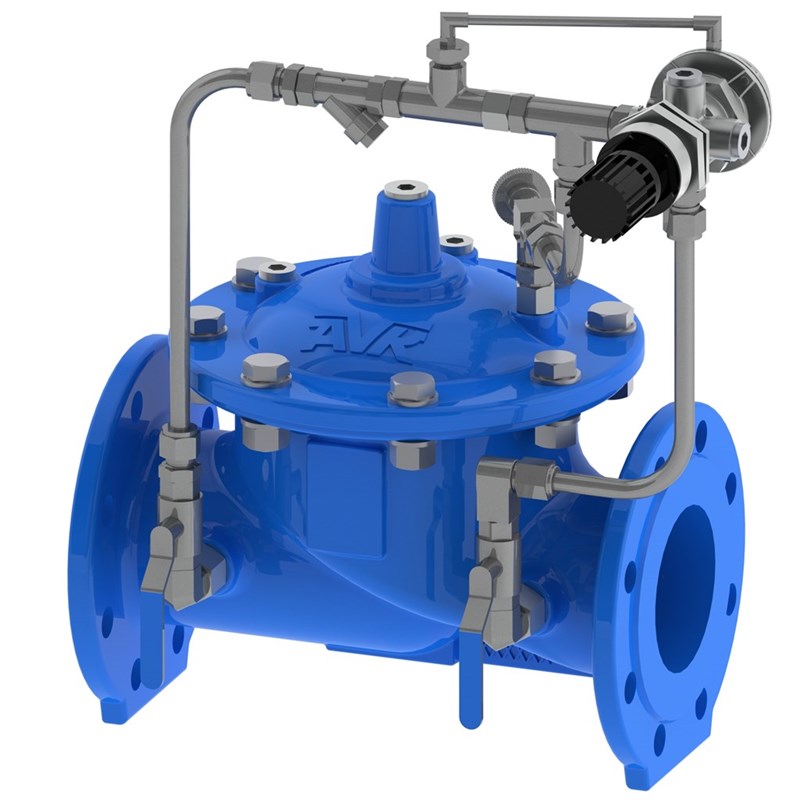Effective Control Valves: Key Parts for Effective System Monitoring
Effective Control Valves: Key Parts for Effective System Monitoring
Blog Article

Maximize Power Cost Savings and Comfort With Advanced Structure Automation Controls
In the world of modern-day style and center monitoring, the assimilation of advanced structure automation controls stands as a crucial innovation. By using the power of automation, structures can adapt, respond, and advance in means that were once unimaginable.
Energy Efficiency Conveniences
Energy performance benefits can considerably decrease power consumption and functional costs in buildings. Energy-efficient systems, such as sophisticated building automation controls, can maximize the use of sources like lights, cooling, and heating, leading to reduced power expenditures over time.
Additionally, improved energy performance can lengthen the life-span of structure tools and systems. By operating extra effectively, a/c systems, lighting fixtures, and various other building elements experience much less wear and tear, leading to minimized upkeep and replacement expenses. In addition, energy-efficient structures usually regulate higher residential property values and rental rates, offering long-lasting economic benefits to proprietors.
Additionally, energy effectiveness can boost occupant convenience and efficiency. Correctly controlled indoor settings with optimum illumination and thermal conditions create an even more pleasant and favorable office, causing enhanced worker fulfillment and performance. On the whole, the power performance benefits linked with advanced structure automation controls are diverse, incorporating cost financial savings, environmental stewardship, and occupant well-being.
Improved Convenience Control
Enhancing comfort control in structure settings calls for an innovative combination of advanced automation systems for optimal passenger wellness. By utilizing innovative building automation controls, facilities can customize the indoor setting to meet the certain needs and preferences of passengers. control valves.
By including these sophisticated controls, buildings can not only enhance convenience however likewise enhance power effectiveness by maximizing system procedures based on actual occupancy and usage patterns. Eventually, focusing on resident convenience via innovative automation systems leads to a more enjoyable and much healthier indoor atmosphere.
Operational Efficiency Improvements

Moreover, the implementation of real-time surveillance and analytics devices enables building operators to recognize power inefficiencies and operational abnormalities without delay. By constantly keeping an eye on power usage patterns and system efficiency metrics, changes can be made in real-time to enhance energy usage and make sure peak functional efficiency. control valves. Additionally, integrating need response approaches into building automation controls can even more boost functional performance by dynamically adjusting energy use based on grid problems and prices signals
Indoor Environment Optimization
Effective indoor environment optimization is a fundamental aspect of building automation controls, ensuring owners' convenience and health while optimizing energy financial savings. By making use of innovative sensing units and controls, developing automation systems can continually keep track of and adjust temperature level, moisture degrees, air high quality, and air flow to develop an optimum indoor atmosphere. Preserving constant and comfortable conditions not only improves owner contentment but also improves performance and total wellness.
Indoor climate optimization also plays a vital role in power effectiveness. By fine-tuning cooling, heating, and air flow systems based upon real-time information and occupancy patterns, building automation controls can considerably decrease power intake - control valves. Carrying out approaches such as demand-controlled air flow and thermal zoning can assist reduce energy waste while making sure that each location of the building receives the essential conditioning.

Lasting Environment Creation
Structure automation controls not just enhance interior climate conditions for energy performance and passenger comfort but also lay the structure for developing a sustainable environment through tactical administration of systems and sources. By integrating sophisticated structure automation modern technologies, such as sensing units, actuators, and intelligent software application, facilities find out here can monitor and change power use in real-time to lessen waste and decrease their carbon impact. These systems enable anticipating maintenance, identifying potential concerns before they escalate and optimizing equipment performance to improve long life and effectiveness.
In addition, sustainable atmosphere production extends past energy monitoring to incorporate water preservation, waste decrease, and interior air high quality improvement. Building automation controls can manage water usage, spot leakages, and guarantee appropriate waste disposal techniques, adding to general sustainability efforts. Furthermore, by controlling and keeping an eye on air flow and purification systems, these technologies enhance resident wellness and efficiency while lowering energy intake related to heating and cooling operations.
Conclusion
Finally, advanced building automation manages deal significant benefits in terms of power cost savings, convenience control, functional effectiveness, indoor climate optimization, and producing a lasting atmosphere. By applying these controls, structures can attain ideal performance while lowering energy usage and improving owner convenience. It appears that the usage of sophisticated automation modern technology is essential in improving structure performance and producing a more sustainable future.
Energy effectiveness benefits can dramatically decrease power consumption and functional prices in buildings. In general, the energy effectiveness benefits linked with sophisticated building automation controls are multifaceted, encompassing expense savings, environmental stewardship, and owner well-being.
Additionally, incorporating need reaction methods page right into structure automation controls can better enhance operational efficiency by dynamically readjusting power usage based on grid problems and prices signals.
Structure automation manages not only maximize indoor climate problems for power effectiveness and resident comfort yet additionally lay the structure for creating a lasting setting through calculated management of resources and systems.In verdict, advanced structure automation regulates deal considerable advantages in terms of energy savings, comfort control, operational performance, indoor environment optimization, and creating a sustainable environment.
Report this page